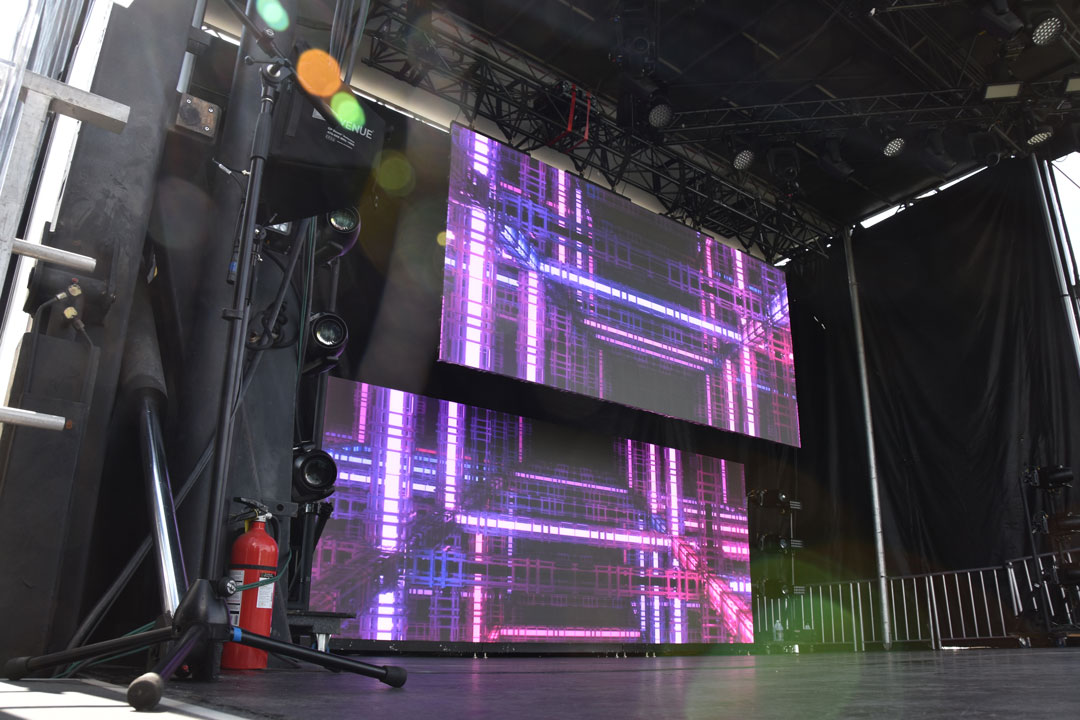Boosting Output and Durability By Implementing Efficient Thermal Management in Digital Display Assemblies
Wiki Article
Luminescent panel modules are more and more popular in multiple sectors, including marketing, media, along with sometimes home design. Modern panels provide brilliant, vibrant visuals that can draw attention and improve visual impressions. Yet, one critical aspect of ensuring their performance and durability is efficient heat management. As Light Emitting Diode screens run, they generate thermal energy. Whenever this heat is not controlled appropriately, it can result in reduced illumination, chromatic accuracy, and possibly a shorter service life for the screens. As a result, understanding how to efficiently manage temperature is essential for maximizing the efficiency of luminescent display panels.

Thermal dissipation in luminescent technology denotes the methods applied to manage and minimize the surplus heat created during function. One frequent method employs materials with strong thermal conductivity, including aluminum or copper. These components can rapidly transfer thermal energy away from the light-emitting parts, keeping the working temperature at a acceptable threshold. In addition, the engineering of LED displays holds a significant function in temperature management. Units that include heatsinks or airflow mechanisms allow warm currents to escape while pulling in cold air, further supporting heat management.
An additional important factor in proper temperature dissipation is correct mounting and arrangement of LED displays. Guaranteeing that there is adequate room around the panels enables enhanced circulation, which helps to lower the temperature of them effectively. It is also crucial to avoid placing lighting panels in sealed areas where temperature can become accumulated. Instead, they should be mounted in locations with effective air circulation to facilitate optimal temperature regulation. Experts often suggest mounting LED panels at a distance from strong UV rays or other temperature sources to prevent overheating.
Routine upkeep of Light Emitting Diode modules is also important for ensuring effective heat management. Particles and contaminants can build up on the outer layer of the screens and within their elements with use. This collection can block airflow and hinder the unit’s capacity to dissipate heat properly. Clearing the outer areas periodically and ensuring that any internal components are free from obstruction will help maintain optimal performance standards. In addition, inspecting for any evidence of wear or faults can aid avoiding thermal issues risks before they become severe failures.
To conclude, proper thermal management is crucial for optimizing both the functionality and lifespan of luminescent displays. By utilizing components with strong heat transfer capability, maintaining appropriate placement and positioning, and carrying out routine upkeep, operators can significantly enhance their LED read more experience. Applying these practices not only aids in sustaining the integrity of the visuals but also supports power efficiency and eco-friendliness in lighting solutions. As technology continues to advance, prioritizing heat dissipation will stay an important element of utilizing LED modules to their maximum click to read more potential.